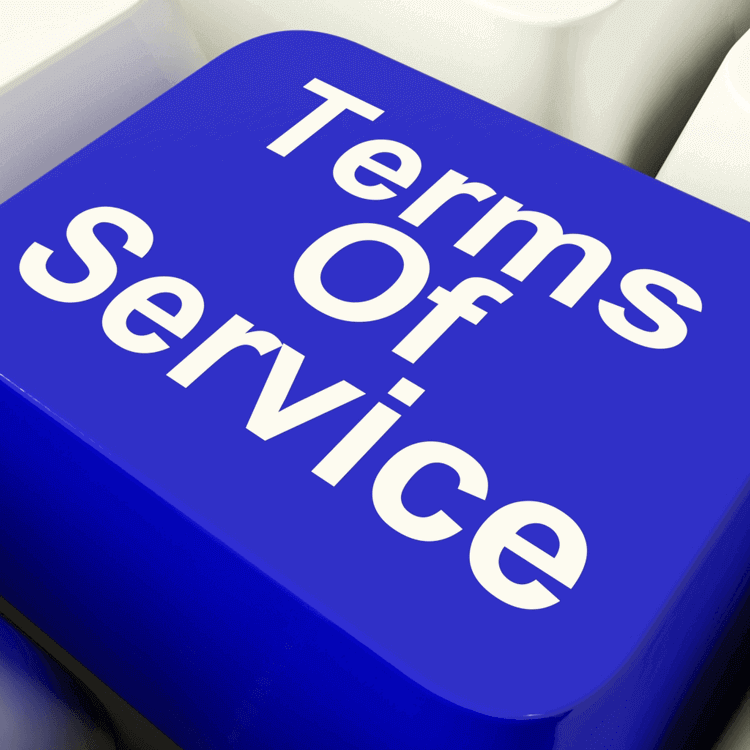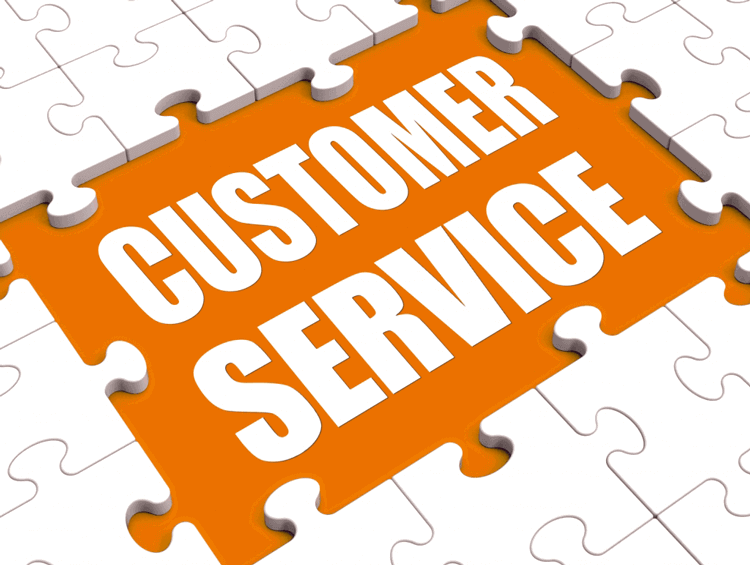6 Key Components of a Service Level Agreement (SLA)
What specifically needs to be included in a service level agreement? Which aspects are described in an SLA? In this post, we explain the 6 common elements of a service contract.
For businesses and consumers alike, ensuring that concise service level agreements (SLA) are obtained for certain products is crucial to seamless operation and support. As Naomi Karten explains in her work on establishing service level agreements, "A service level agreement is a formal negotiated agreement which helps to identify expectations, clarify responsibilities, and facilitate communication between two parties, typically a service provider and its customers." Therefore, the SLA serves an important purpose as a communication and conflict-reduction tool, as well as an overall expectation management document.

Typical SLA Content
In order to develop a well organized service level agreement, there are six key components noted in this excellent template that should be included:
-
Agreement Overview
The agreement overview includes details such as the individuals involved, effective/expiry date as well as a general statement on what other details the particular SLA will cover.
-
Goals and Objectives
The next section that should be covered is goals and objectives. Here, the purpose of the agreement, including the ability to obtain a mutual agreement, will be outlined.
-
Stakeholders
This section defines the parties involved in the agreement. For example, an IT service provider and an IT customer.
-
Periodic Review
There should be mention of a periodic review, which will outline the effective/expiry date, as well as the parameters regarding review timelines of a particular SLA.
-
Service Agreement
Perhaps the largest section of a service level agreement comes next and is called the service agreement, which features many key components for which the service provider takes responsibility. The topics covered in this section include:
- Service scope, which looks at the specific services offered by the agreement, for example, telephone support.
- Customer requirements, which includes details on payments at agreed upon intervals.
- Service provider requirements are also a part of the service agreement and cover areas that include clarification of response times in cases of service related incidents.
- Service assumptions. Here, protocol on changes to services and the ways in which they are communicated to the stakeholder(s) is discussed.
-
Service Management
The final portion of a service level agreement deals with service management. In this section, both service availability and service requests are covered. A concise SLA will feature information on the availability of telephone support, response time for service requests, as well as options regarding remote assistance.
Whether you are creating a service level agreement or just looking one over, ensuring that it includes many, if not all of the above noted sections and subsections, is important to a successful relationship between service provider and service consumer.
For a more specific example of an SLA, see Giva's Sample IT Help Desk Service Level Agreement.




